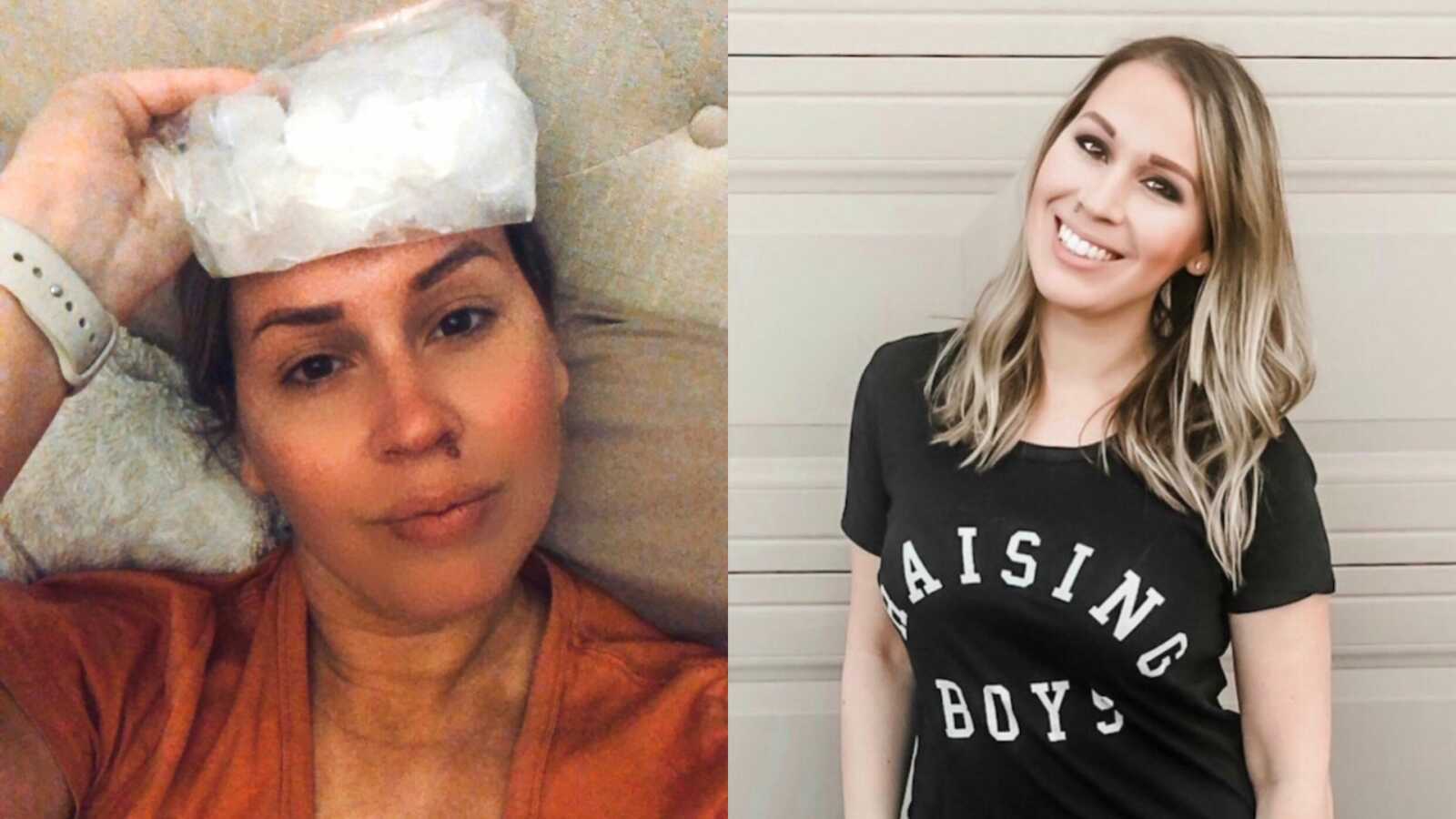“My name is Cheryl. I’m 36 years old, a wife, and a stay-at-home mom to three boys who are my world. I also am battling multiple chronic illnesses.
As I sit here to reflect on the last year and a half of my journey, I can’t help but be emotional while trying to find the words to express how much my health has affected my life.
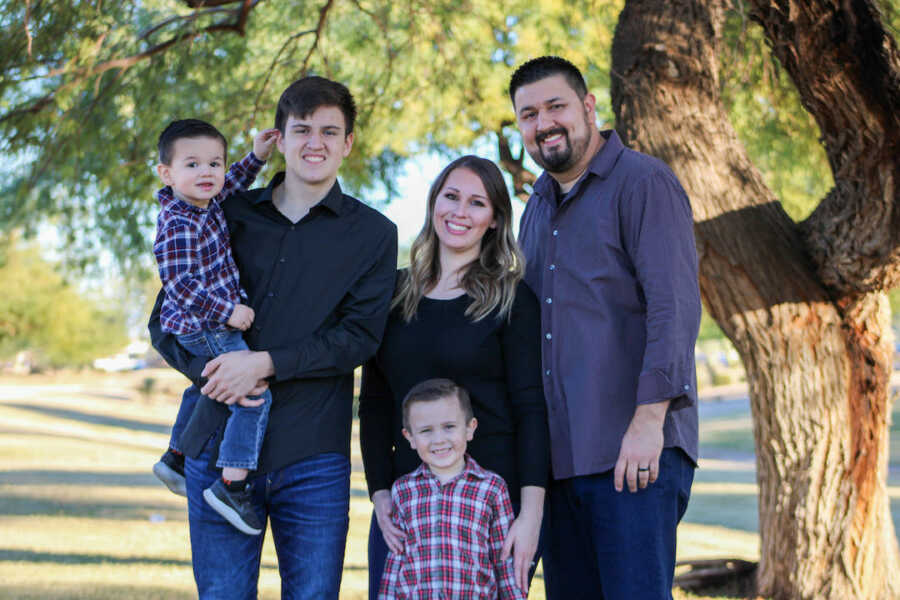
Early Symptoms
As a child I moved around a lot due to my parent’s divorce. I went back and forth between Nevada and Arizona trying to find where I felt most comfortable. I ultimately would settle in Nevada for my junior high and high school years. It was during that time I developed depression and anxiety and noticed some other things within my body that just didn’t feel normal. I was tired all the time. I even remember telling my friends as a teenager I thought I had chronic fatigue syndrome.
It didn’t matter how much sleep I got, I was tired. I think it was at that point I learned to push through no matter how I was feeling, otherwise I’d miss out on my teenage years. I learned to manage life through chronic fatigue until I was in my 20’s and things were getting worse. I had new symptoms of nerve pain, along with joint/muscle pain, and I was ready to find answers.
Beginning Diagnosis Journey
In 2015, I saw a neurologist who suspected Fibromyalgia based on my symptoms. To be diagnosed with Fibromyalgia they must rule out any other neurological illnesses first. I had a brain MRI, EEG, EMG, blood tests, and biopsies done within a 2 month time span. Everything came back normal, except the biopsy which showed Small Fiber Neuropathy.
My doctor dropped Fibromyalgia as a diagnosis and gave me some information about Small Fiber Neuropathy. I was confused as the symptoms of Small Fiber Neuropathy didn’t line up to all the other things I was experiencing. I felt like there was more to this, but after so many tests and doctors appointments, I was exhausted and felt like I wasn’t believed. I decided to step away from seeing the neurologist any further and manage my symptoms the best I could.

February 1, 2021 I was at home relaxing on the couch when I felt my right foot go numb. Within minutes the numbness started to travel up into my right leg, my right arm, and the right side of my face. My arm became painful and weak. I was alone with my youngest son who was napping and immediately called my husband to tell him something was very wrong and I thought I may be having a stroke. I remember looking in the mirror to see if there was any drooping on my face. I kept talking as I looked in the mirror to make sure I wasn’t slurring my words.
I called a nurses’ hotline because I didn’t want to waste my time going to the hospital, and she instructed me to immediately go to the ER as these were symptoms of stroke. The ER did an EKG and a CT scan to check for stroke. Thankfully, there were no signs of stroke, but based on my symptoms the doctor said there was definitely something neurological going on and referred me to see a neurologist.
Since I was already an established patient of the neurologist I had seen in 2015, I decided in order to be seen quickly I would go back to him, as he also had my previous health history. I got an appointment quickly, explained what happened, and based on my symptoms which included a headache, he was confident I experienced a Complex Migraine. I also focused on telling him that since 2015, my symptoms have gotten worse with chronic joint pain, stiffness, fatigue, and nerve pain. He wanted to re-look at a Fibromyalgia diagnosis and decided to re-do all testing.
Constant Headaches
February 23, 2021 life as I knew it would change drastically when I woke up with what I thought was a normal headache. I took some ibuprofen, went about my day, and noticed my headache never went away, which is unusual when I take medicine. The following day, I woke up and the headache was still present. Typically, after a good night’s rest my headache would be gone in the morning, but it wasn’t.
I took more ibuprofen, gave it some time, and the headache was still present. I knew something was different. I had a neurologist appointment for my EMG test and explained to him I’d had a headache for the past couple of days and nothing was working to stop it. He prescribed me my first triptan medication and I had every intention of taking it, thinking it would help. My EMG results showed I had nerve compression in the C6 and C7 of my spine, so I would go onto having a cervical spine MRI. I would also get another brain MRI and EEG before my next follow-up.

The follow-up appointment with my neurologist came and my headache had still not gone away for even a second for over a month now. The medication he had prescribed was unsuccessful. He prescribed me a different medication and went over my test results. He revealed my cervical spine showed arthritis that would get worse over time and gave me a referral for physical therapy. All other imaging/tests came back normal, so he sent me a referral to a rheumatologist for a final diagnosis of Fibromyalgia. The rheumatologist did some more testing and ultimately gave me a diagnosis of Fibromyalgia after 7 years of waiting for answers. The feeling of relief of a diagnosis is bittersweet; you finally have answers, but now know you have to battle this for the rest of your life as there is no cure.
Multiple Diagnoses
I was now battling Fibromyalgia, small fiber neuropathy, arthritis, and a persistent headache that would not go away for even a moment. I started physical therapy for my arthritis and headaches for 2 months. I was able to find short relief for my neck, but they tried everything they could for my headaches, including acupuncture, with no success in breaking the now 3-month-long everyday headache pain. The new medication my neurologist prescribed was also unsuccessful and I was diagnosed with a rare headache condition called New Daily Persistent Headache. For the next year we would try 5 other medications that would all be unsuccessful in breaking the headaches.

At this point I started to feel hopeless. I was struggling through daily life, taking care of my kids while in 24/7 pain. My mental health started to decline. I couldn’t keep up with house chores, a social life, or my children. I had an immense amount of guilt that set in. I felt unreliable knowing every day was different with symptoms. I didn’t know if I would wake to a huge flare up, or have a day where I felt I could cope well. I had to learn how to manage what worked for me and what didn’t. I would find out that doing too much one day would leave me almost bedridden and in pain for the next 2 days to follow. I had to learn how to pace myself, give myself grace for what I could do, and learn that my body would never be the same again.
During this time, new symptoms started arising. I was getting shortness of breath, chest pain, high heart rate numbers, and excessive sweating. I would brush them off as I related any symptom I had to Fibromyalgia, until I came across an illness called POTS (postural orthostatic tachycardia syndrome). I had a majority of the symptoms, and one of the symptoms was headaches, so I brought this up to my neurologist. He agreed that my symptoms could be POTS related and referred me to a cardiologist.
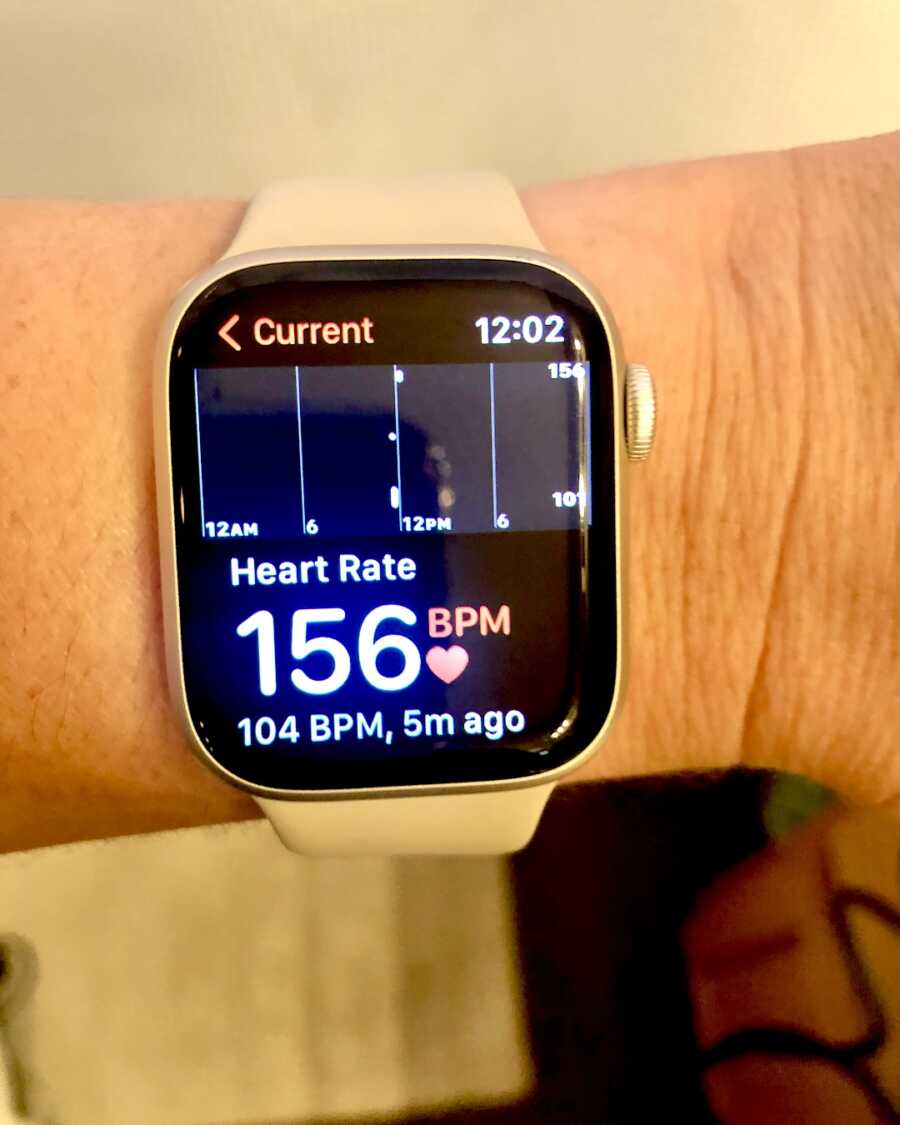
The cardiologist would run several tests including a 7-day heart rate monitor to determine a diagnosis. At my follow-up appointment he revealed my heart rate monitor determined tachycardia, as my monitor showed my heart rate as high as 167bpm with no exercise. My orthostatic intolerance test also showed my heart rate surpassing 30bpm upon standing and lowering when resting which is the main criteria to meet a POTS diagnosis. I was then diagnosed with another chronic illness and was put on medication to manage my heart rate.
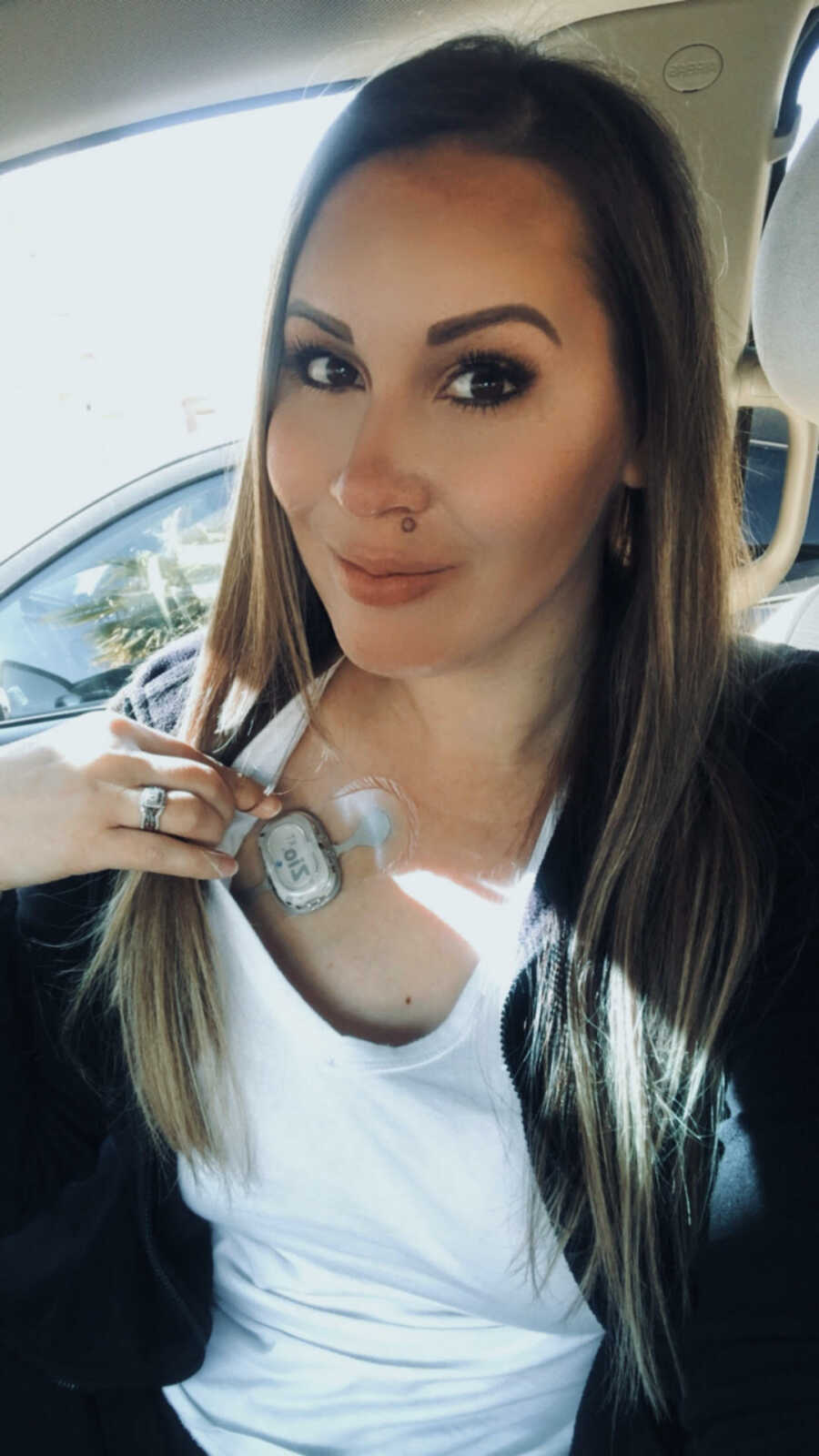
I had answers for most of my diagnoses, or was on medication to help manage my symptoms, but I was still looking for answers on what was causing these everyday headaches. My neurologist explained to me that Botox would be our last option to try, as we had exhausted all other treatments with no success. I remained hopeful as I had heard great results from Botox. He explained to me this would take 2-3 rounds of treatments before seeing results.
Botox Treatment
Botox is administered every 3 months, so we were talking 6-9 months before potential relief. I received my first dose with elevated pain for 5 days, and then back to baseline pain which is normal. The second dose would change my entire life for the next 3 months. I started off with elevated headache pain, but instead of it lasting 5 days, this time it would last 3 months until the Botox wore off. My everyday headaches turned into everyday migraines.
I started to get extreme pressure in my ears, sensitivity to noise and light, and a pain level that was unbearable. I started noticing my neck felt too heavy for my head. I was getting extreme pain all down the left side from the base of my skull into my neck. The base of my skull became so sensitive to touch I couldn’t lay on a pillow without being in more pain. When I mentioned this to my neurologist at my follow-up appointment, he would tell me he’s never had a patient have this reaction before and left it at that. We would discontinue any further injections.
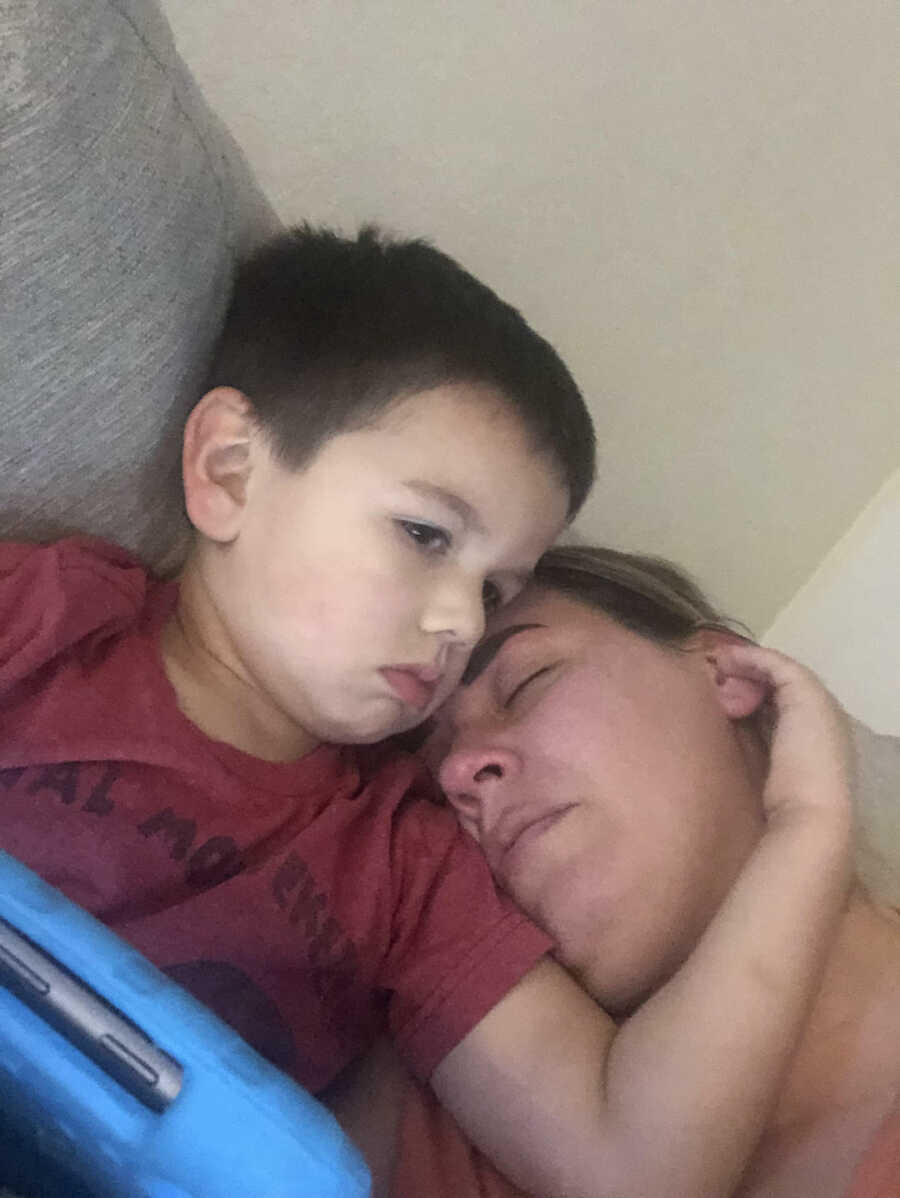
I felt so defeated and wanted answers. Why would something that is supposed to help me cause worsening symptoms? I was practically bedridden while at home, in tears every day due to the pain being so bad. I felt like someone had stabbed a knife right through my skull and I was left to suffer and ride it out with no pain medications that would touch it. Have other people experienced this? I started digging for answers and doing research.
When I Googled my symptoms and the question, ‘Why Botox causes worsening pain?’ I kept seeing results for craniocervical instability. I came across a doctor in Florida who had a whole website dedicated to craniocervical instability and how Botox can have debilitating effects to worsen instability. Upon doing more research, I found one of the main symptoms of craniocervical instability is persistent daily headaches. I let out a huge cry as if I had just potentially found answers and was eager to bring this up with my neurologist.
Fighting For Answers
Leading up to the appointment I continued to do research to be prepared. I knew this was out of my neurologist’s scope, so I was simply looking for a referral to a spine doctor or neurosurgeon that could help with answers. My anxiously awaited appointment came and I explained to my neurologist I thought my headaches could be structurally related within my neck and I believed Botox could have caused worsening instability, which was why I had the reaction I did. I told him after a year and a half of no relief I was desperate for answers as I was suffering daily from this. I was not prepared for his response. I was dismissed, told I wasn’t connecting the dots right, and Botox would not cause furthering instability. He refused a referral to a spine specialist and told me to see my general practitioner. I left in tears, feeling more defeated than I ever had felt in the last year and a half.
I knew I wasn’t giving up though. I was determined to get a referral and continue to search for answers. My general practitioner referred me to a spine specialist, and I’m about to go on my first journey with nerve blocks to see if that will help with arthritic pain and the headaches. Unfortunately, craniocervical instability is not in the scope of a spine doctor, and I am awaiting a referral to see a neurosurgeon.
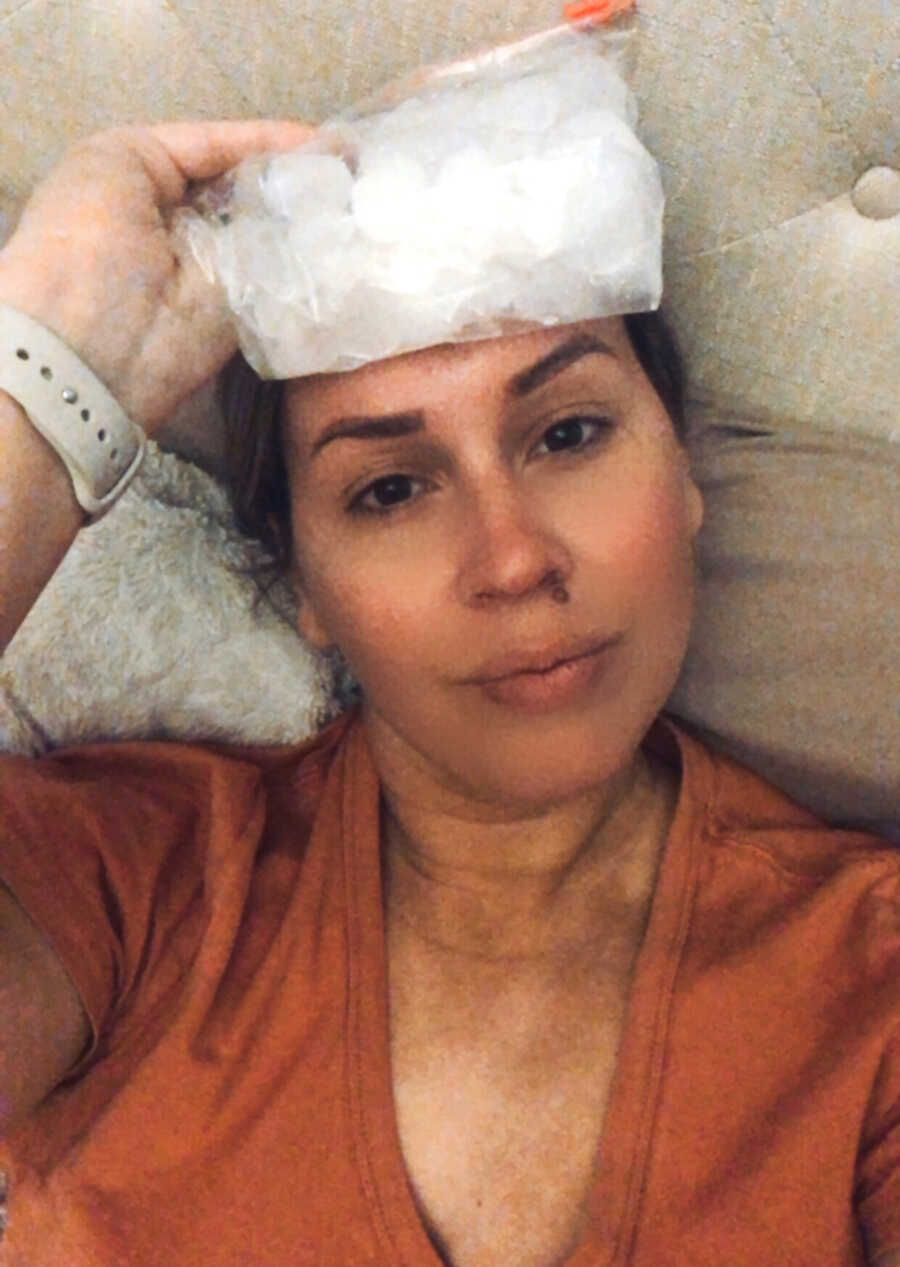
My journey in finding answers and relief is not over. I will never stop fighting for my health and have learned over the years how to advocate hard for myself. I will remain hopeful in the upcoming treatments and look forward to meeting with a neurosurgeon to check for cervical instability in the near future.
This has proven to be the hardest year and a half I’ve ever been through. I have now been diagnosed with Fibromyalgia, Small Fiber Neuropathy, New Daily Persistent Headache, Cervical Spine Arthritis, and POTS. I try my best to not let my illnesses get in the way of doing things I love most like attending sporting events for my oldest son, crafting, and playing with my little ones. I don’t think anyone realizes how strong they are until they go through a chronic illness journey, but I have come to realize I am much stronger than I ever gave myself credit for and I’m thankful for that.
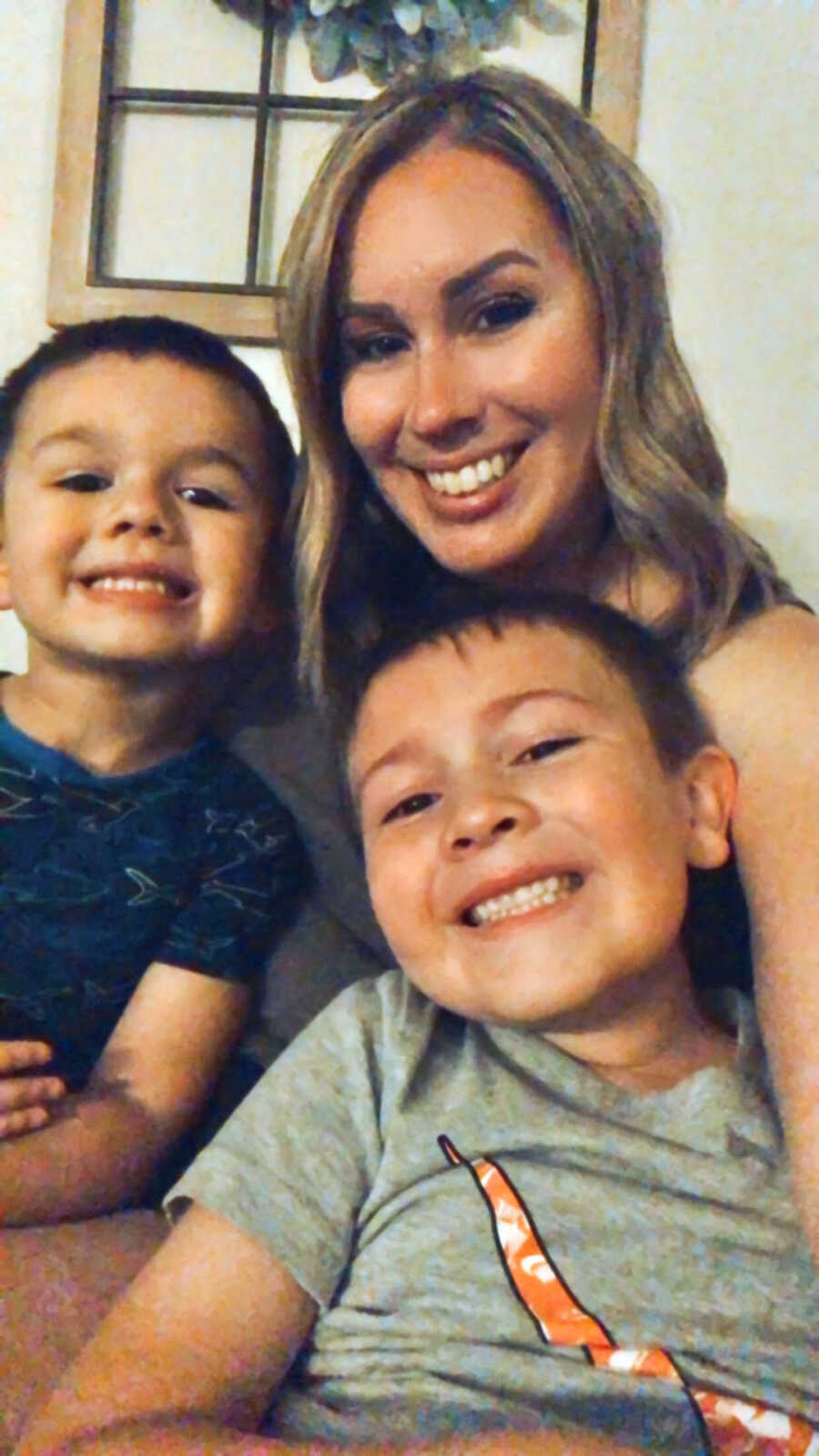
Battling chronic pain and illnesses has led me into wanting to help others who are battling the same struggles. I started an Instagram in May 2022 illustrating graphics to help others cope with all the emotions and life changes that come with chronic pain and illness. Illustrating graphics has also been the perfect distraction to help me cope, and I feel so blessed to be able to share my art with others who understand it all too well.
If I could give advice to anyone struggling through a diagnosis, or searching for answers, it would be to never give up. Unfortunately, medical gaslighting is very present in our medical system. With invisible illnesses we are quick to be dismissed or made to feel like it’s all in our head. Advocate hard for yourself. Do research, join support groups, and stick up for yourself when told your testing came back ‘normal.’ Tell your doctor, ‘I know my body, and I know something is wrong, and I want answers.’ If one doctor won’t listen, find another one who will, but never give up.”

This story was submitted to Love What Matters by Cheryl Marker of Surprise, Arizona. You can follow her journey on Instagram. Submit your own story here. Be sure to subscribe to our free email newsletter for our best stories, and YouTube for our best videos.
Read more stories like this:
Please SHARE this story on Facebook and Instagram to encourage others to cherish every moment and love what matters most.

